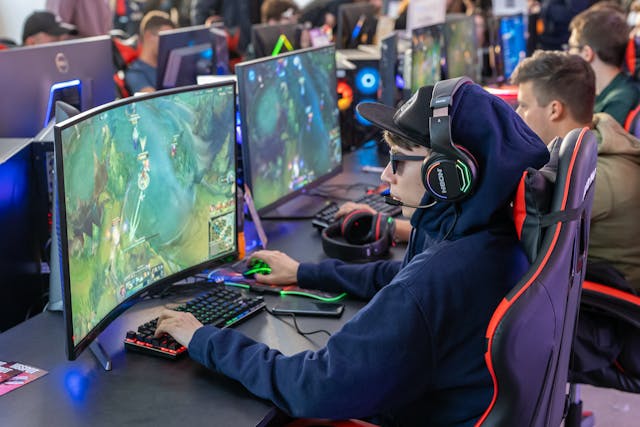
Open-Source Internship opportunity by OpenGenus for programmers. Apply now.
The ever-changing online gaming world is built with randomness as an integral part. Randomness is needed because it gives variety and fun purely from the unpredictability of the fate of the characters' abilities.
However, the relentlessness of such simulations is built around a technical, rigorous framework beneath the randomness players put up with. These are fair and unpredictable; all players are on a level field.
Randomness in Game Design
A big part of gaming is randomness, not just games of chance, but across a broad spectrum of gaming genres. Randomness is not always a bad thing, no matter if it's undoubtedly lucky whether an item drops in a role-playing game and then how to work out the probability of an outcome in strategy-based games.
It adds an element of surprise that turns engagement if done correctly. Randomness adds uncertainty, which keeps players on their toes and forces them to adapt and think on their feet.
The randomness created is based on random number generators (RNGs). RNGs simulate real-world unpredictability by generating random sequences that correspond to real-life events.
Without these systems, no two game experiences would be the same, ensuring players have fresh and dynamically spontaneous gameplay each time they interact with the game. Randomness is vital in traditional settings, such as online casino games, so all are fair and captivated.
Statistical Simulations: The Backbone of Fair Play
Randomness is spontaneous, but it’s calculated in the most careful of ways through statistical simulations. Keeping these simulations around helps keep things fair because it puts an algorithmically balanced amount of luck and skill where needed. Statistical models simulate numerous odds and odds outcomes so the odds remain consistent and transparent.
While these simulations mimic unpredictability in online games, everything is planned out behind the scenes. Developers use statistics to adjust probabilities and game mechanics that keep players involved but not manipulated, relying on them.
Perception and Fairness: A Constant Struggle
Managing player perception in games that involve randomness is one of the ongoing challenges of game design. Even when RNGs and all other statistical models are 100% fair, players will sometimes perceive it as if the randomness is against them.
Here is where the psychological component comes into play: randomness. Creating an engaging experience with randomised content is a tricky balancing act that developers must remember: random outcomes must be fair.
Too predictable randomness may take the fun out of the game. If it feels chaotic enough, players could feel it’s unfair. One of the most challenging parts of game design is to strike the right balance between those two extremes. The key is making randomness feel reasonable and making statistical simulations as transparent as possible.
The Science Behind Randomness in Games
Randomness and statistical simulation produce positive, engaging, and unpredictable gaming experiences. These are the very concepts that make gameplay fair in traditional games, movies, or online platforms.
Game designers can achieve this by utilising statistical models and RNGs to offer the players an atmospheric space where skill and luck can coexist to produce an exciting dynamic.
However, randomness in online gaming has almost nothing to do with increasing uncertainty; it's about making the experience seem fair and well-balanced, regardless of the actual odds.


